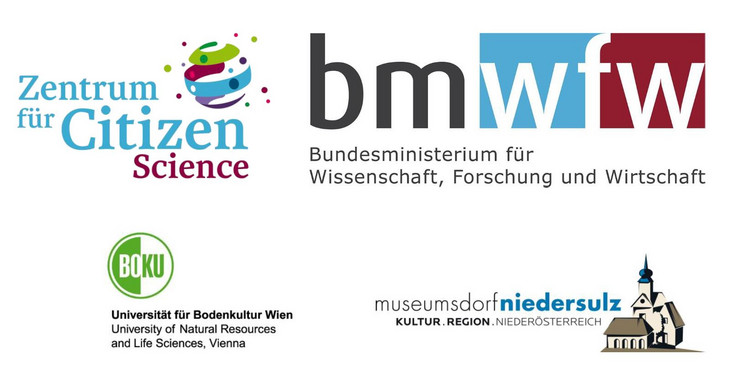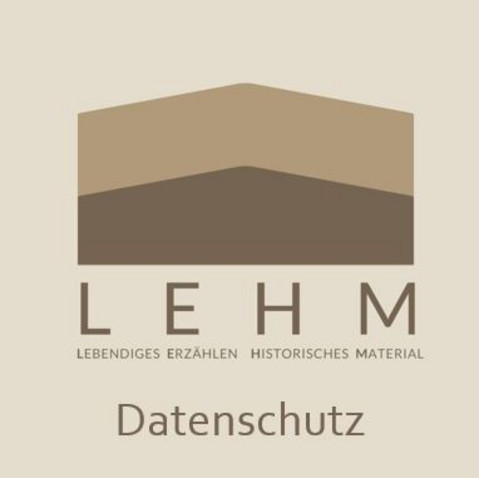Earth Construction in the Weinviertel
Abstract
In many regions, earth has played an important role as a construction material in previous centuries and was therefore an important economic and societal driver. From a cultural perspective, specific earth construction techniques led to unique architecture and infrastructure, which influenced the landscape utilisation and subsequently the societal identity of the Weinviertel region. Today, most traditional quarrying areas are abandoned and unknown to the public. Earth buildings often get reshaped or demolished. This has led to the gradual decrease of the availability of traditional substances and thus of the Weinviertel’s building culture.
Nevertheless, earth has again become more and more popular as a “new” building material, mainly for ecological reasons. An extensive knowledge of earth-structures, gained by identifying, classifying and analysing old sites, helps to understand the cultural, societal and landscape dimensions of earth buildings. Through this, understanding earth as a material can be adapted properly to construct new buildings and renovate old ones.
Until today, there has been no data on the precise number of earth buildings in the Weinviertel. However, this data is crucial for structural and spatial-planning measures. Surveying this data needs local and historical knowledge, which is why the project uses a citizen science approach. The legal and contextual framework will be developed by geologists, jurists, earth construction experts and the Museumsdorf Niedersulz within different working groups. The final step is the implementation of the citizen science project on earth monitoring and analysing.
The 'Earth construction in the Weinviertel' project aims to preserve earth as a traditional construction material and shaper of our cultural landscape. Citizen Scientists contribute with their local and/or historical knowledge to identify and describe old earth construction sites. These contributions are published as a WebGIS Service on a website and will be enhanced with further analysis and visualisations. This will lead to the development of an application that allows people to explore these sites virtually to visit and experience these cultural markers and landscapes.
Project partners
Department of Civil Engineering and Natural Hazards (Institute of Applied Geology)
Department of Economics and Social Sciences (Institute of Law)
Project participants
Schauppenlehner Thomas, project leader
Eisenberger Iris, sub-project leader
Salak Boris, project staff
Annemarie Hofer, project associate
Funding
This project is part of the initiative Top Citizen Science, funded by the Federal Ministry of Science, Research and Economy.





